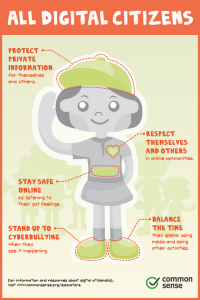
The internet is a social medium on a very public domain. For youth the internet is used as a platform to socialize with others and while many of these social interactions are positive there are instances when students use the internet to intimidate or harass others.Common Sense media a website that gives methods educators and parents can use to educate young people about online safety gives examples of cyberbullying as sending mean texts or instant messages, posting embarrassing images or videos of others and spreading rumours online. The latest findings from Beat bullying reveals that “28% of 11-to-16-year-olds have been deliberately targeted, threatened or humiliated by an individual or group through the use of mobile phones or the internet” (Cross, Piggins, Vonkaenal, 2012). That being said the risk for online bullying is higher for certain students. Many of the things that make young people more susceptible to bullying offline (poverty, disability, minority status and LGBTQ students) increases the odds of them being targets of cyberbullying.
Cyberbullying unlike bullying which involves a difference in power or strength between the person being targeted and the perpetrator committing bullying oftentimes happens between people of roughly the same social and economic status. Many times students that commit acts of cyberbullying are doing it on a website that they frequent often.
Cross, E.J., R. Piggin, J. Vonkaenal-Platt and T. Douglas. (2012). Virtual Violence II: Progress and Challenges in the Fight against Cyberbullying. London: Beatbullying.
What is cyberbullying? (n.d.). Retrieved March 8, 2017, from https://www.commonsensemedia.org/cyberbullying/what-is-cyberbullying